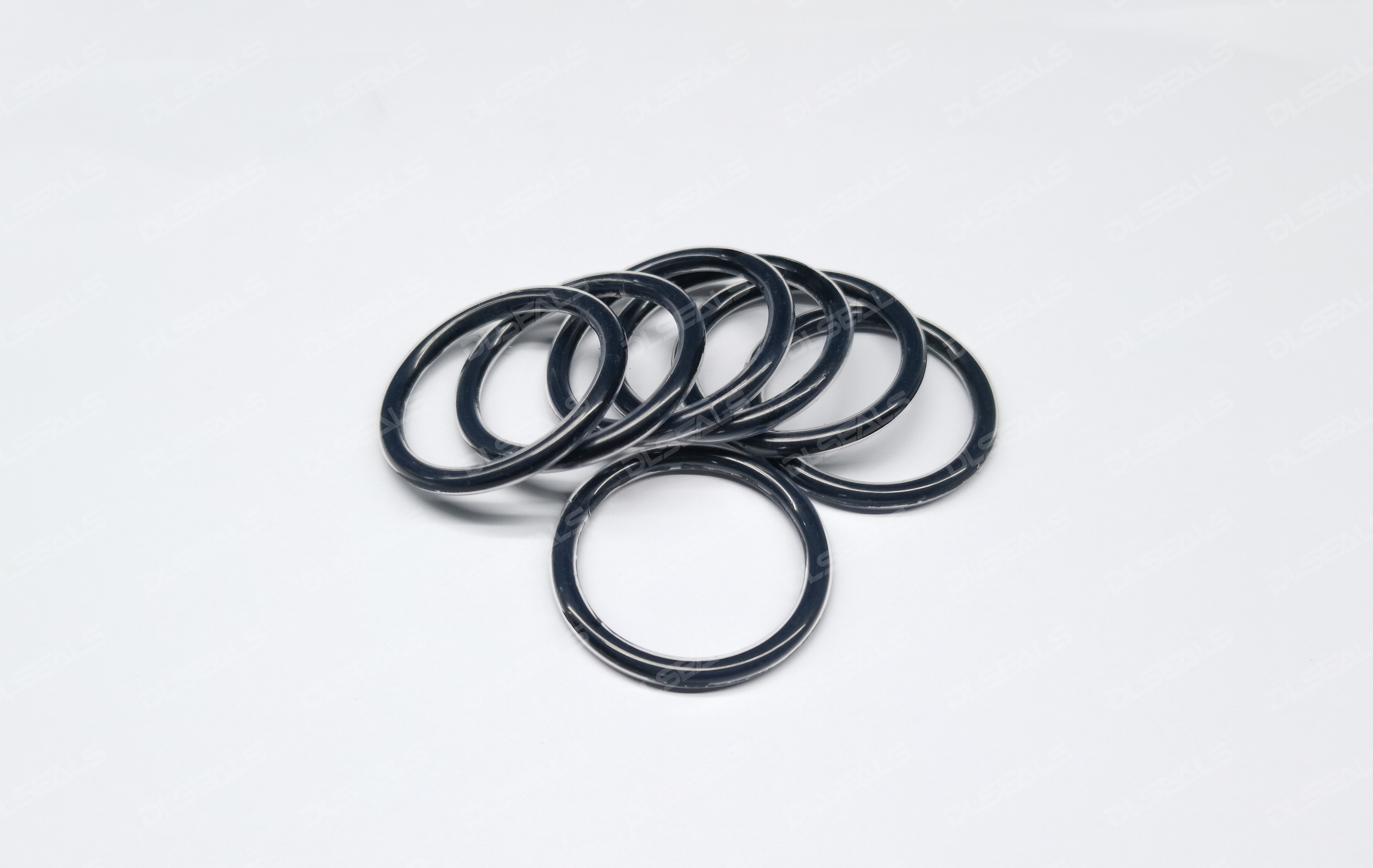In the hidden corners of mechanical equipment, a rubber ring with a diameter of only a few centimeters carries the sealing cornerstone of modern industry – the O-ring. From the fuel valve of the Apollo lunar spacecraft to the filter element of the household water purifier, from the deep-sea drilling platform to the waterproof structure of the smartphone, this seemingly simple sealing element has become the most widely used sealing solution in the world with its extremely high reliability and economy. This article will deeply analyze the technical core, material evolution and future challenges of the O-ring.
1. The technical essence of the O-ring: a miniature miracle of elastic mechanics
The core principle of the O-ring is to use the elastic deformation of the rubber material to form radial or axial contact pressure in the groove, thereby achieving static or dynamic sealing. Its performance advantages come from three physical properties:
Stress relaxation characteristics: the high contact stress at the beginning after installation gradually decreases to a stable value over time, balancing sealing and wear;
Pascal fluid pressure transmission: the system pressure is transmitted through the rubber, so that the O-ring is self-tightened and sealed under high pressure;
Cross-section compression rate design: the compression rate is usually controlled at 15%-25%. Too small will cause leakage, and too large will cause permanent deformation.
2. Material evolution history: from natural rubber to space-grade polymers
The century-long development history of O-rings is essentially a dance between material science and industrial needs:
Material generation Typical material Property breakthrough Extreme working conditions
First generation Natural rubber (NR) Excellent elasticity 80℃/water medium
Second generation Nitrile rubber (NBR) Oil resistance revolution 120℃/hydraulic oil
Third generation Fluororubber (FKM) High temperature resistance/chemical corrosion 200℃/strong acid environment
Fourth generation Perfluoroether rubber (FFKM) Ultra-clean/plasma resistance 300℃/semiconductor etching gas
Fifth generation Hydrogenated nitrile rubber (HNBR) H₂S resistance/anti-sulfurization 150℃/sulfur oil and gas
Frontier material examples:
Aerospace grade silicone rubber: withstands extreme temperature differences of -100℃~300℃, used in satellite propulsion systems;
PTFE coated O-ring: composite 0.1mm polytetrafluoroethylene layer on the surface, friction coefficient reduced to 0.05, suitable for high-speed cylinders.
3. Failure mode map: from micro cracks to system disasters
O-ring failure often triggers a chain reaction, and the typical fault tree analysis (FTA) is as follows:
Compression permanent deformation
Mechanism: Rubber molecular chain breakage leads to loss of resilience
Case: Challenger space shuttle O-ring failure at low temperature causes explosion
Chemical swelling/corrosion
Mechanism: Medium molecules penetrate into the rubber network to cause volume expansion
Data: NBR volume expansion rate in biodiesel can reach 80%
Extrusion failure (Extrusion)
Mechanism: Rubber squeezes into the fit gap under high pressure to form tearing
Countermeasures: Adding polyester retaining rings can increase the pressure resistance to 70MPa
Dynamic wear
Mechanism: Reciprocating motion leads to surface abrasive wear
Innovation: Surface laser microtexturing technology can reduce the wear rate by 40%
4. Future battlefield: Nano modification and intelligent sensing
Nano-enhanced rubber
NBR with carbon nanotubes (CNT) added, tensile strength increased by 200%;
Silicon dioxide nanoparticles filled with fluororubber, temperature resistance increased to 250℃.
Intelligent O-rings
Embedded MEMS sensors: real-time monitoring of contact stress and temperature;
Color change indication function: automatic color display when encountering specific media (such as refrigerant leakage).
3D printing revolution
Liquid silicone direct writing molding: manufacturing special-section O-rings (such as X-shaped and square);
On-site quick repair: portable rubber 3D printers can achieve in-situ regeneration of seals.
V. Golden rules for selection: from theory to practice
Media compatibility matrix
Fuel system: FKM (resistant to gasoline swelling) is preferred;
Phosphate ester hydraulic oil: EPDM must be used (butyl rubber will swell violently when encountering phosphate ester).
Temperature-pressure envelope
Static seal: NBR can withstand a pressure of up to 40MPa at 100℃;
Dynamic seal: FKM is recommended to limit the pressure to 15MPa at 200℃.
Groove design specifications
AS568 standard: American standard O-ring size tolerance ±0.08mm;
Dynamic seal groove: surface roughness Ra≤0.4μm.
Conclusion: Small seal, big civilization
The evolution of O-rings is a microscopic epic of human industry. From the linen rope seal of the steam engine in the 19th century to the FFKM-O-ring of the SpaceX rocket today, this ring with a diameter less than the palm of a hand has always been looking for a balance between pressure and elasticity. In the future, with the demand for ultra-vacuum sealing in quantum computing and the challenge of radiation-resistant materials in nuclear fusion devices, O-rings will continue to protect human ambition to explore the unknown with “elastic wisdom”.
Post time: Feb-21-2025

